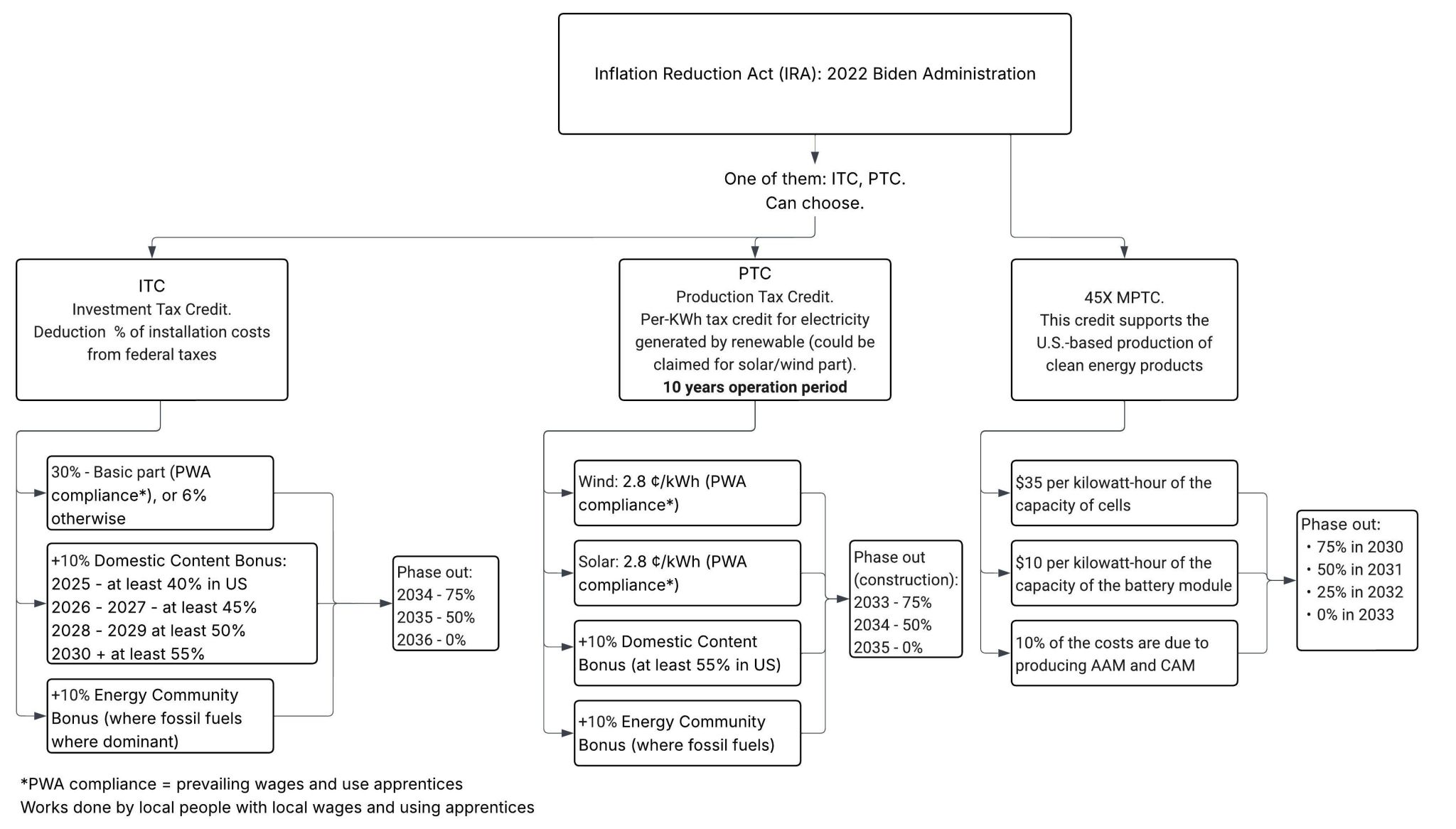In this article, we’ll delve deep into Porter’s 4 primary strategies – Cost Leadership, Differentiation, Focus on Cost and Focus on Differentiation. We'll explore what each strategy entails and look at real-world examples of companies that have successfully employed them.

1. Cost Leadership: Competing on Price
Definition:
The Cost Leadership strategy involves becoming the lowest-cost producer in the industry. This is achieved through economies of scale, efficient production, and other cost advantages. By maintaining a low-cost base, companies can offer their products or services at a lower price or maintain average prices with higher profit margins.
Example: Walmart
Walmart, the retail giant, has built its empire by leveraging a cost leadership strategy. By optimizing its supply chain, negotiating hard with suppliers, and operating on a thin margin, Walmart can offer consumers "Everyday Low Prices." Their scale and efficiency enable them to pass on savings to the consumer, making it hard for competitors to match their prices.
Key Takeaway:
For Cost Leadership to be effective, it’s imperative to maintain cost advantages while ensuring product quality. This strategy can be vulnerable if competitors manage to operate at an even lower cost or if technology changes alter industry cost structures.
2. Differentiation: Standing Out from the Crowd
Definition:
Differentiation is about making your products or services unique in the eyes of consumers, creating a perception of higher value. This uniqueness can stem from design, brand, technology, features, customer service, or other attributes. By successfully differentiating, a company can charge a premium price and achieve higher margins than competitors.
Example: Apple
Apple, with its premium products and unique ecosystem, exemplifies the differentiation strategy. From the design and functionality of its products to the seamless integration between hardware, software, and services, Apple offers a unique value proposition. Its brand and marketing further bolster this differentiation, allowing Apple to command premium prices.
Key Takeaway:
While differentiation can lead to higher margins, it requires continuous innovation and marketing investment. Companies need to constantly monitor changing customer preferences and be ready to adjust their value proposition.
3-4. Focus: Serving a Niche
Definition:
The Focus strategy is about targeting a specific segment or niche of the market, instead of catering to the broader market. This strategy can be combined with either cost leadership or differentiation, resulting in Cost Focus or Differentiation Focus.
Examples:
a. Ferrari (Differentiation Focus)Ferrari doesn’t aim to compete with every car manufacturer. Instead, it focuses on a niche market of luxury sports car enthusiasts. With a strong brand, unmatched design, and performance, Ferrari stands out in its niche, allowing it to charge premium prices.
b. Aldi (Cost Focus)Aldi, the global discount supermarket chain, targets budget-conscious shoppers. By offering a limited assortment of products, primarily under its private label, and optimizing operations, Aldi can offer products at prices lower than many competitors, serving its niche effectively.
Key Takeaway:
While the focus strategy can lead to strong brand loyalty and tailored offerings, companies need to ensure they understand their target niche thoroughly. As the target segment is narrower, any miscalculations can have more significant consequences.
The Risk of Stuck in the Middle
While Porter’s strategies offer pathways to competitive advantage, companies need to be cautious of not being stuck in the middle, i.e., not choosing any strategy distinctly. A company that doesn’t specialize in any strategy might find itself outperformed by competitors who do.
Example: Sears
Once a retail titan, Sears struggled as it found itself caught between Walmart's cost leadership and the differentiation of specialty retailers. Unable to compete on price or offer unique value, Sears gradually lost market share and relevance.
Remember, these strategies are not one-size-fits-all, and businesses must be agile, adapting as they learn from both their successes and failures. Whether you're aiming to be a cost leader, differentiate your offerings, or focus on a niche, clarity of purpose and unwavering commitment will be your guiding stars.
Conclusion
Porter’s Generic Strategies provide a foundational understanding of potential pathways a company can adopt to achieve competitive advantage. While they present clear strategic directions, it’s crucial for businesses to understand their capabilities, industry dynamics, and customer preferences before committing to a strategy.





